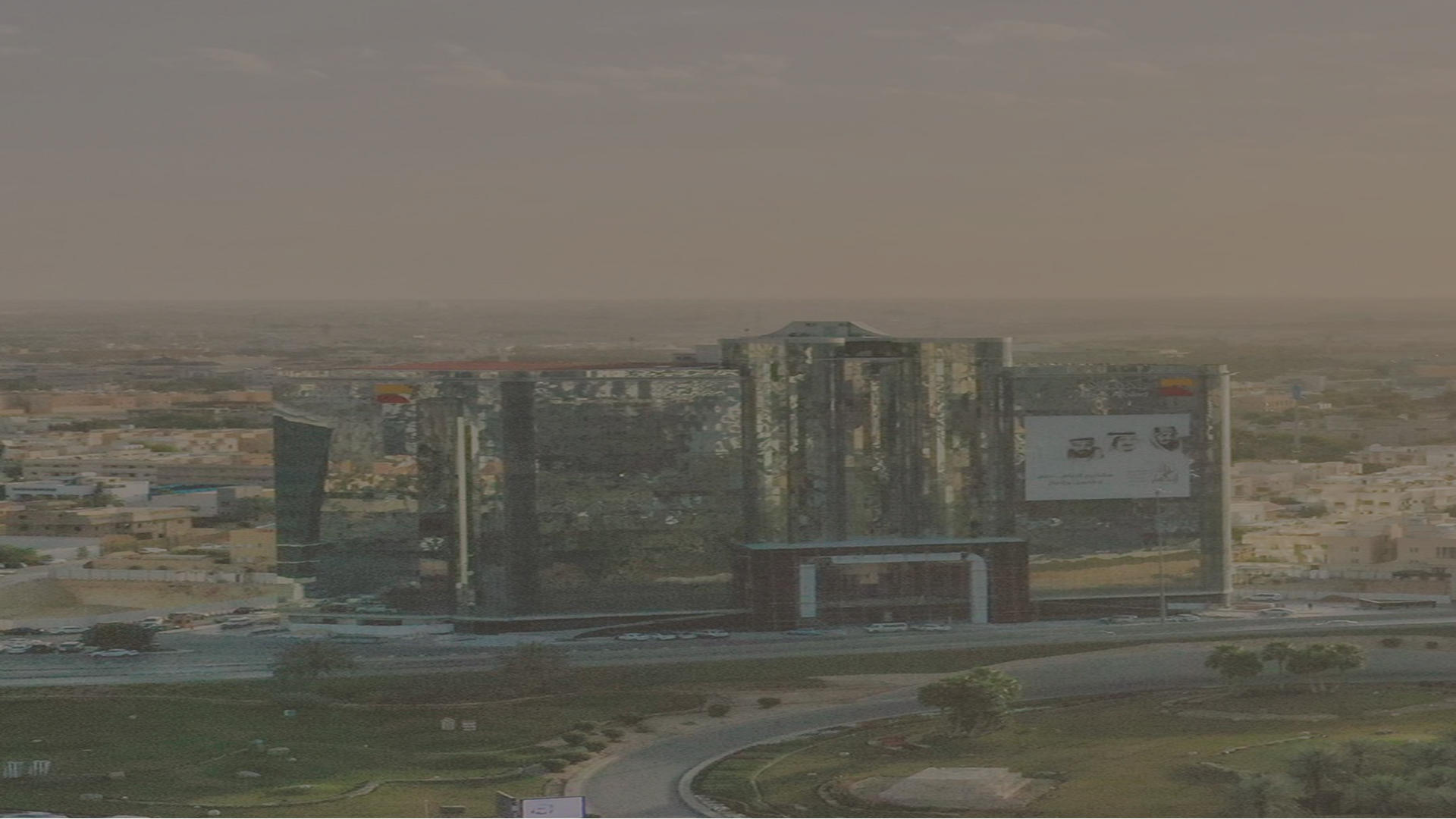



This growth was underpinned by ongoing structural reforms under Vision 2030, aimed at reducing dependence on oil revenues, expanding the non-oil private sector, and fostering a more business-friendly environment.
This influx of capital, coupled with a diversifying economic landscape, underscored the Kingdom’s emergence as a global investment destination poised for sustained, long-term growth.
While the oil and gas sector remained a major economic component, accounting for about 30% of the GDP, strategic management under OPEC+ agreements helped stabilize market prices and secure revenue streams5.
The tourism sector saw significant growth, fueled by enhanced e-visa processes and vigorous international marketing campaigns.
By mid-2024, international arrivals reached approximately 23 million, a 20% rise over the same period in 2023, stimulating revenue in hospitality, entertainment, and retail6 . Real estate transaction volumes in Riyadh and Jeddah climbed by about 12% year-on-year, driven by confidence in the Kingdom’s urban development initiatives7. The financial services sector grew by nearly 8%, propelled by Saudi Central Bank’s regulatory reforms that encouraged innovation and competition in banking, insurance, andcapital markets8.
By mid-2024, international arrivals reached approximately
making a
rise over the same period in 2023
The manufacturing sector also recorded around 6% growth, as modernized industrial zones and free economic areas lured foreign manufacturers9. Agriculture advanced by about 4%, bolstered by precision irrigation, soil management technologies, and vertical farming practices, reducing import dependency by enhancing local production capabilities10.
The sectorial data paints a picture of an increasingly balanced Saudi economy. The non-oil sectors’ majority share of GDP highlights the success of diversification strategies. Tourism, real estate, finance, manufacturing, and agriculture all posted commendable growth, demonstrating that reforms and investment policies are steadily broadening the economic base. This structural change helps insulate the Kingdom from commodity price swings, ensuring a more stable and inclusive growth trajectory.
The manufacturing sector also recorded around
growth
By mid-year, over 90% of the population had access to 5G networks, fostering greater connectivity and propelling digital commerce. The financial technology sector, in particular, benefited from regulatory sandboxes and accelerator programs, which facilitated a 30% increase in licensed fintech firms, thereby expanding the range of digital financial services available to consumers and SMEs12.
E-commerce revenues saw an 18% rise year-on-year, supported by robust payment gateways and expanded logistics networks, and rising consumer confidence in online transactions12. The Saudi Data & AI Authority (SDAIA) played a crucial role in advancing national data governance frameworks and cybersecurity standards, reinforcing trust in digital platforms. These technological advancements also extended to healthcare, logistics, and smart city initiatives, notably in NEOM, which spurred improvements in service delivery and operational efficiencies.
The Kingdom’s prioritization of digital transformation in 2024 supported rapid innovation and enhanced productivity across the economic spectrum. By embedding advanced technologies into both established and emerging industries, Saudi Arabia accelerated its transition toward a knowledge-intensive, technology-led economy. Such systemic digital integration strengthens the foundation for future competitive advantages, aligning closely with Vision 2030’s objective to create a more innovative, diversified, and sustainable growth model.

Our efforts in pioneering digital banking solutions and enhancing financial inclusivity echo the nation’s strides towards technological excellence and economic diversification. As we embrace and propel the initiatives under Vision 2030, our actions continue to advance with purpose, reinforcing our commitment to the sustainable growth of the Kingdom.